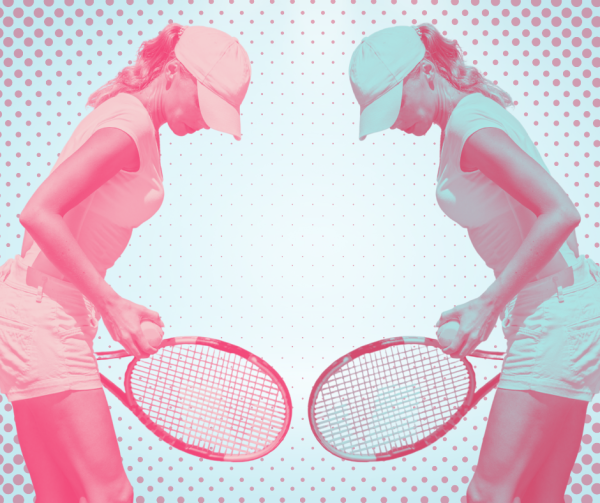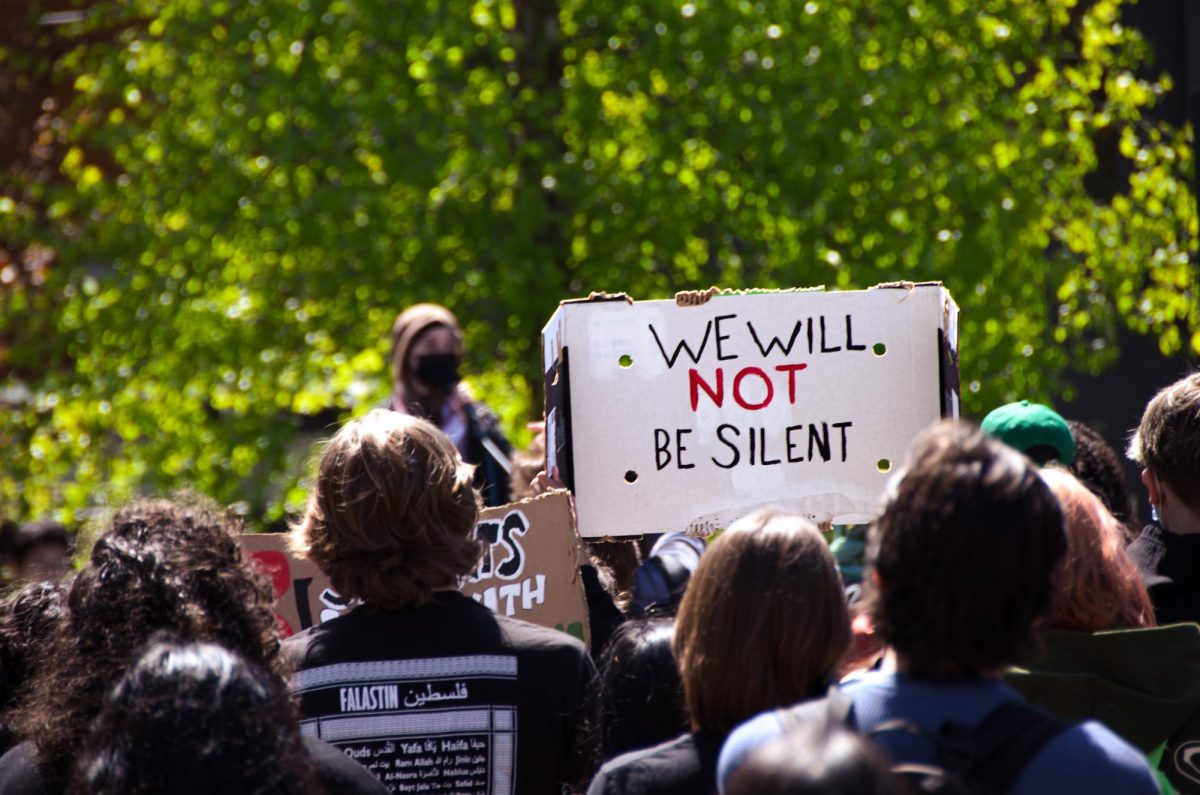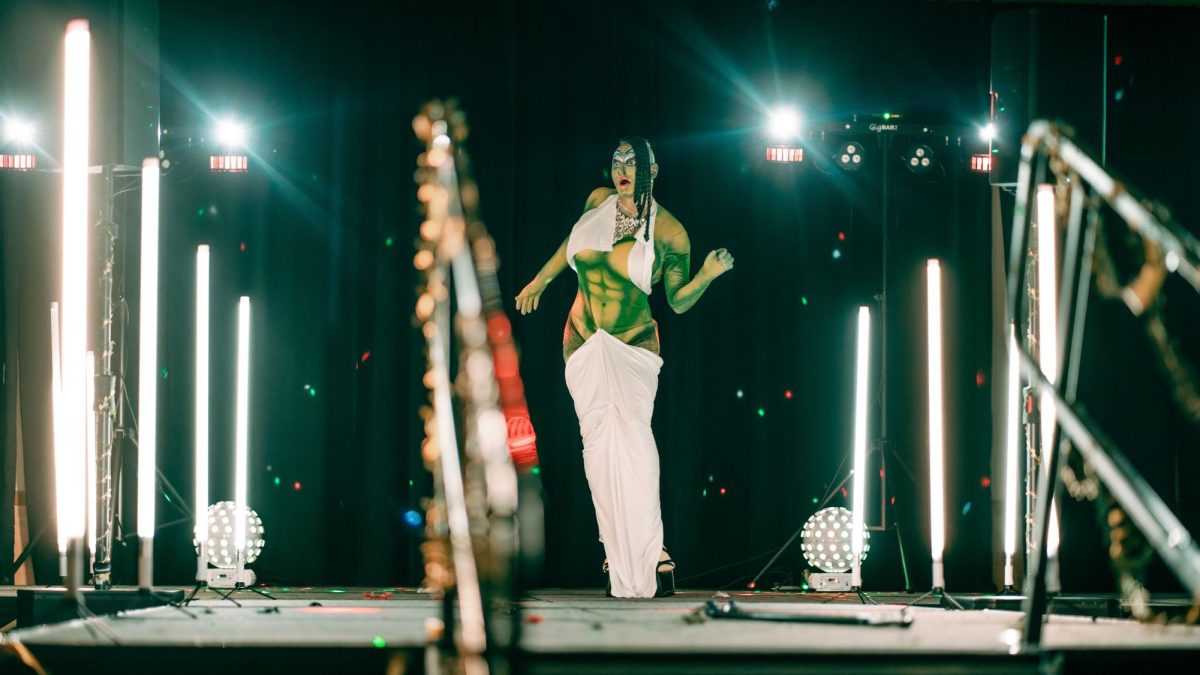30-year-old American Professional Tennis Player Danielle Collins has been the center of media attention for the past two months, seeing success unprecedented at any point in her career. Collins has climbed in the rankings from 79th in the world to 15th following her back-to-back runs at the Miami and the Charleston Opens, taking home both trophies.
The tennis community worldwide has been in awe of Collins’ latest performances, eager to see her continue to succeed, as social media communities begin to throw their support behind her.
There is just one caveat to this success: in the beginning of the 2024 season, Collins announced her retirement from playing on the Women’s Tennis Association (WTA) tour, effective at the end of the year. Collins has suffered from a number of health issues for these past few years of her career, including rheumatoid arthritis and endometriosis, and has been vocal about her struggles with these ailments.
When announcing her retirement in an interview during the 2024 Australian Open, Collins discussed that she has aspirations outside of her tennis career.
“[I] would like to be able to kind of, you know, be able to have the time to be able to do that. Obviously having kids is a big priority for me,” Collins said.
Collins’ recent success, along with her health struggles, has stimulated discourse around women’s physical issues in professional athletics, and how it might differ from men’s physical issues. These differences are being attended to in the wider realm of athletics, outside of just tennis. Jacqueline Heeman, clinical professor and assistant athletic trainer at Seattle U, noted that the current landscape of this questioning is actively being developed.
“We’re still missing a lot of research… and so we’re getting this big push to gain some understanding about how women and men are different, because for a long time we didn’t acknowledge that,” Heeman said.
While noting that gender and sex exist separately, athletics are traditionally divided into men and women’s divisions, based on the athlete’s sex assigned at birth. It is within these divisions that inequities have arised.
Heeman pointed out the historic lack of attention to physical differences between male and female athletes. This lack of attention is likely due partly to the historic exclusion of women in sports. Director of Master of Legal Studies and Sports Law Kelli Rodriguez spoke to this point, noting that women were not allowed to run in the Olympics until 40 years ago.
“It was thought that they couldn’t, or that their bodies weren’t capable,” Rodriguez said.
Maylon Hanold, director of the Master in Sport Business Leadership program, echoed this sentiment.
“In general, women have always had a hard time sort of having a legitimate place in sport,” Hanold said.
However, as women have become more involved in athletics, the sports landscape has been expanding to be more inclusive of female athletics.
“I believe we’re making a tipping point, so it’s been a lot of years in the making, but where women are beginning to really be able to be seen as legitimate athletes,” Hanold said.
Rodriguez, too, noticed these gradual changes, noting that science, culture and media have been paving the way in cementing female athletes’ space in sports.
“We’re seeing the advance of science start to change… these narratives. We’re seeing culture start to change these narratives. Really recently, media is starting to bring to light that women can perform,” Rodriguez said.
Given this growing change in dominant perception of female athletes, attention has recently shifted toward accommodating female bodies in a previously male-dominated landscape. In doing so, one primary roadblock has been challenging the dominant narrative that male bodies are physically superior to female bodies, especially when it comes to sports. In Hanold’s words, the challenge is to show that female bodies are “different, but not inferior.”
These physical differences manifest in a myriad of ways, most notably in the differing hormone cycles as well as the added challenge of navigating around menstrual cycles. With her experience training male and female athletes, Heeman pointed to male vs. female hormone cycles—where male hormone cycles last 24 hours, and female cycles last 28 days. These differing hormone cycles call for an adjustment of training cycles to optimize athletic comfort and performance. However, as Heeman has noted, these adjustments will require time and thoughtful consideration.
“We’ve trained everyone the same way for so long, that to look at a different training structure and to fully comprehend why that training structure is so impactful, it’s going to take time still,” Heeman said.

In addition to different hormone cycles, female athletes also experience menstruation while training and competing, leading to challenges that male counterparts do not face. On a physical level, the hormone fluctuations that occur alongside menstrual cycles affect athlete energy level, comfort and performance. Heeman reported that some female athletes will even opt to take birth control medication to mitigate these hormone fluctuations.
One primary roadblock to fully understanding and appreciating the effects of training and competing while dealing with menstruation is the relative invisibility and private nature of periods. This lack of visibility often makes it easier to dismiss or underestimate the level of pain or discomfort that an athlete is experiencing. UCLA intramural tennis team member Amreen Sandhu outlined her experience dealing with discomfort while training and competing with male team members and coaches.
“Already, menstruation is so taboo, and when you combine that with being a younger person and you’re in a primarily male atmosphere… it became hard to effectively communicate it,” Sandhu said. “On the days when I was at practice and having really bad cramps or experiencing heavy bleeding, I was getting a lot of pushback from my male peers and coaches because they would expect me to just push through.”
The effects of menstruation are highly dependent on the individual and difficult to communicate with other people, rendering these effects often underacknowledged. As a result, female athletes’ personal decisions are sometimes criticized or second-guessed.
While Sandhu reports this at the high school and intramural level, the same phenomenon is present at the professional level. Although Collins definitively announced her retirement in January, her recent success has prompted fans and journalists to question her certainty of this decision. Collins most recently experienced this sort of questioning in a post-match interview at the Charleston Open.
“With my set of challenges, it’s a very personal decision, and you know it’s great that I’ve made the decision that is best for me,” Collins told reporters.
In facing this second-guessing of her decision to retire, Collins has questioned whether a male player would experience the same sort of scrutiny. Rodriguez voiced a similar curiosity in her analysis of the situation.
“I don’t think we would be seeing the same criticisms, or critique, or second-guessing, if it were a male athlete,” Rodriguez stated.
By the same token, both Rodriguez and Hanold reported that sports enjoyers’ desire to see their favorite athletes continue to push forward, sometimes through painful ailments or injuries, is present in both men’s and women’s sports. They both stress the importance of allowing athletes the time and space to rest, recover and listen to their bodies.
“The only people that know what’s best for us, is us,” Rodriguez said.
Moving forward, sports professionals and athletes advocate that fans and male peers respect the voices and autonomies of athletes in determining their optimal training cycles and career arcs.
By allowing athletes this space to exercise their own agency, female athletes have been able to adjust their training and playing in a way that is optimal for their performance. Rodriguez discussed how female athletes bargaining with professional leagues has led to substantial change in pay equity, and how this sort of collective bargaining and advocacy could be beneficial for female health issues as well.
Female athletes experience hardships unknown to male athletes, and these difficulties are heightened in athletic settings, where athletes are expected to train and perform at a competitive level. With players like Danielle Collins speaking openly about her bodily struggles, athletic spheres can begin to make room for topics like menstruation and hormones within sports.

















